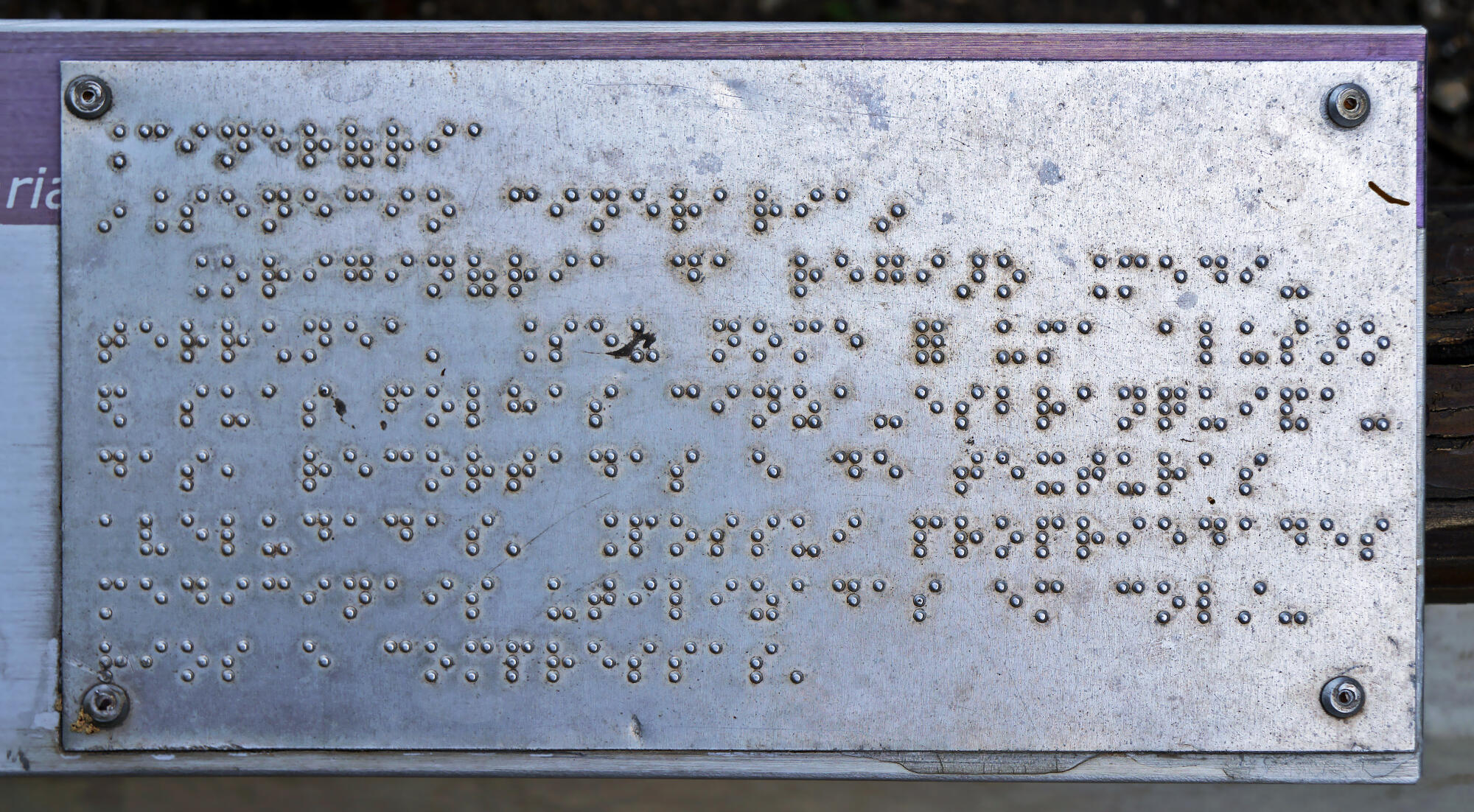Over 7 million people in the United States are visually impaired. This highlights the critical need for braille signage in our communities. Imagine navigating a world where information is often out of reach.
That’s the reality for many who rely on braille. ADA recognizes this need, mandating braille signs in various public spaces. But where exactly are these signs required?
This not only ensures compliance with the law but also fosters a more inclusive environment. In this post, we delve into the specifics of ADA requirements for braille signage. Read on.
Where Are Braille Signs Mandatory?
Braille signage is not just a feature; it’s a necessity in many areas of our daily lives. The ADA mandates its presence in various key locations. This ensures accessibility for the visually impaired.
1. Public Spaces
These include government buildings, hospitals, and schools. Braille signs are very vital. They guide and inform visitors, making these essential services accessible.
Imagine finding your way in a hospital or locating a classroom without visual cues. Braille signage bridges this gap, offering independence and assurance.
2. Commercial Venues
These areas are frequented by diverse groups of people, including those with visual impairments. Here, braille signage is not just about compliance; it’s about customer service and inclusivity. Proper braille placement on room identifiers, menus, and facility maps can enhance the experience for many.
3. Transportation Hubs
Airports, train stations, and bus terminals are bustling with activity. For someone visually impaired, navigating these spaces can be daunting.
Braille signs also provide essential information about gates and platforms. This is where ADA signage compliance becomes a beacon of safety and independence.
4. Workplaces
These too, are not exempted. They must incorporate braille signage, ensuring that employees of all visual abilities can move and work. Custom braille signs can also be designed to fit the specific needs and aesthetics of different workplaces.
This makes accessibility a seamless part of the working environment.
5. Restrooms
Braille signage in restrooms is not just a convenience; it’s a necessity. For the visually impaired, identifying the right restroom – male, female, or accessible – is crucial. Braille on restroom identifiers ensures this basic need is met.
But it doesn’t stop there. Inside, braille on stall doors, specific amenities like toilet seat lids, and baby changing stations are vital. This level of detail in braille placement makes a significant difference, offering independence and dignity to users.
6. Exits and Emergency Exits
During emergencies, clarity and accessibility are life-saving. Braille signs play a critical role here. They guide visually impaired individuals to exits and safe evacuation routes.
These signs must be placed at strategic points like doorways, staircases, and corridors. Including braille on fire alarm pull stations is another thoughtful addition. This ensures that safety is accessible to everyone.
7. Accessible Parking
Accessible parking isn’t just about proximity to entrances; it’s about clear, tactile guidance. Braille signage is essential in designated parking areas. It aids visually impaired drivers or passengers in locating their vehicles.
Furthermore, braille on directional signs to these spaces ensures smooth, safe navigation from the parking area to the building entrance. This aspect of braille signage is often overlooked but is a crucial part of making accessibility comprehensive.
8. Elevators and Elevator Car Controls
Elevators are a daily necessity, and braille signage here is about independence and safety. Braille on elevator buttons is mandatory. It includes floor numbers, emergency buttons, and other control panel elements.
This allows visually impaired individuals to use elevators independently, ensuring they reach their desired floor without assistance. For businesses, custom signs can be tailored to fit the specific layout and design of their elevators. This makes ADA signage compliance both functional and aesthetic.
But there are exceptions and special cases. Private residences are not required to have braille signage.
Also, certain historical buildings might be exempt due to preservation concerns. But the general rule is clear: wherever the public goes, Braille signs should follow.
Implementing Braille Signage in Your Building
This is a key step towards inclusivity and ADA compliance for public spaces. The process requires attention to detail and an understanding of specific needs.
Firstly, assess where braille signs are needed. This includes identifying all permanent rooms and spaces, like restrooms, exits, and stairways.
Next, ensure the signs meet ADA standards for size, contrast, and tactile features. Braille placement is also crucial. It should be at a consistent height and location for easy reach and identification.
Additionally, when choosing braille signs, focus on durability and clarity. Materials should withstand regular touch and environmental conditions. The design should be simple yet effective, with clear braille that’s easy to read by touch.
For installation, it’s vital to follow ADA guidelines on sign height and location. The signs should be mounted at a height accessible to both standing and wheelchair-using individuals. Consider seeking professional help for accurate installation.
Considerations for Effective Braille Signage
Effective braille signage is all about ensuring optimal readability and accessibility. Key factors like font size, spacing, and uniformity are crucial. The font must be large enough to be easily felt but not so large that it confuses the reader.
Spacing between characters and lines is also important to prevent tactile confusion. Moreover, uniformity in these elements across all signage ensures consistency. This aids in quicker recognition and understanding.
Proper placement of braille signs is also vital. The braille should be positioned below the corresponding raised characters. This alignment helps users correlate tactile information with visual cues.
Additionally, ensure that signs are free from obstructions like furniture or décor. This is essential for unimpeded access.
Likewise, regular maintenance and refresh cycles are an often-overlooked aspect of braille signage for businesses. Over time, signs can wear down, making them harder to read. Regular checks and timely updates show an ongoing commitment to accessibility.
Opening Doors to Accessibility With Braille Signage
Braille signage is more than a regulatory need. By adhering to ADA guidelines, you show your commitment to serving every individual’s needs. Effective braille signage opens doors for the visually impaired.
Martin ADA Signs stands at the forefront of this effort, ensuring that your braille signage is not only compliant but also embodies a commitment to inclusivity and accessibility. Let’s continue to make our spaces welcoming for all, one braille sign at a time. Let’s chat!

